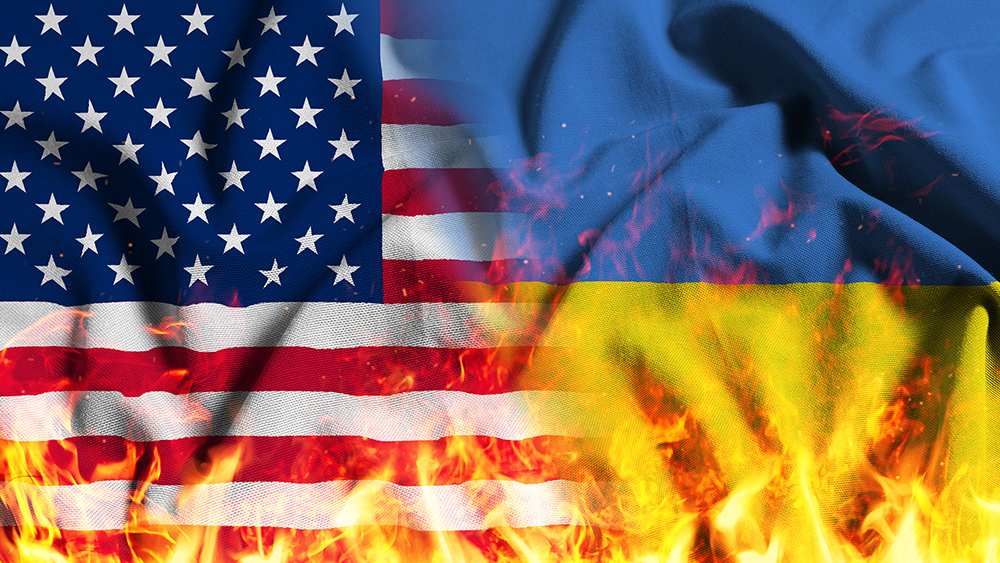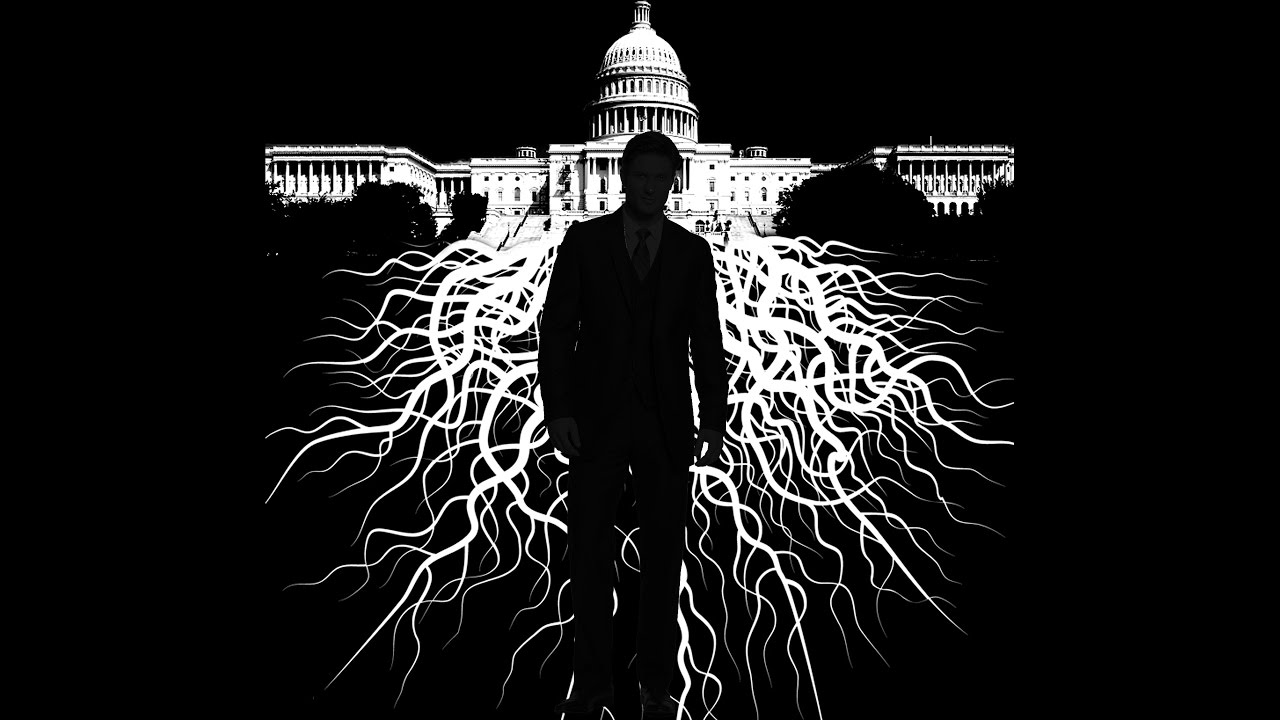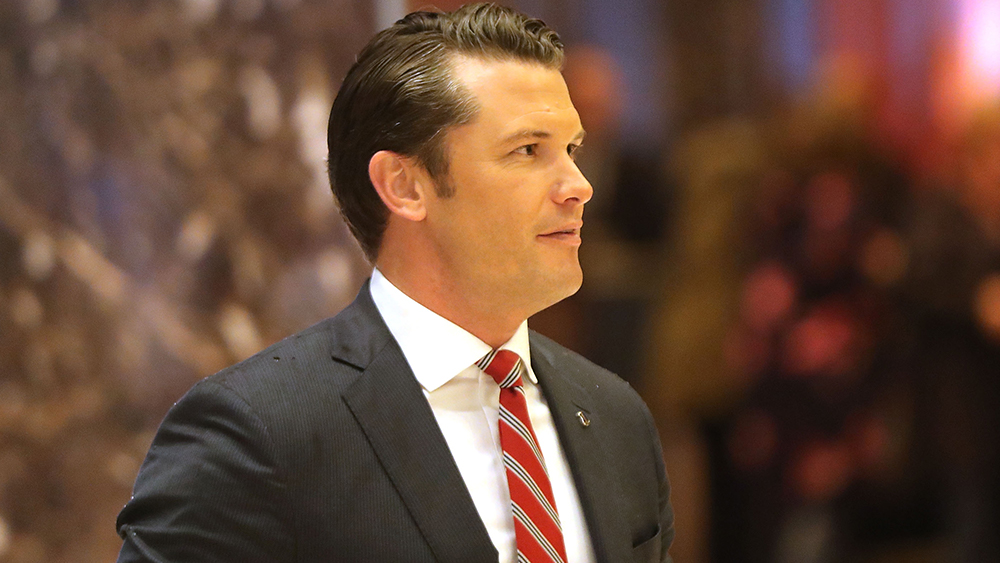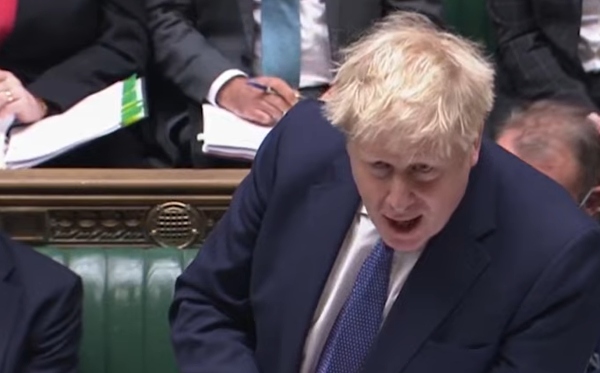Secret war plans revealed: academic pitched extreme strategies to ESCALATE Ukraine proxy war
By ljdevon // 2025-02-17
Tweet
Share
Copy

Leaked documents expose a shadowy network of military academics who proposed unconventional tactics—from ISIS-style propaganda to modernized IEDs—to prolong the Ukraine war, raising questions about the role of Western intelligence and nefarious third parties in escalating the conflict.
Key Points:
• A group of military academics and intelligence operatives drafted extreme strategies for Ukraine, including ISIS-inspired psychological warfare and modernized IEDs, shortly after Russia’s February 2022 invasion.
• The plans were delivered to the Biden administration’s National Security Council, with many proposals reportedly enacted, escalating the conflict and crossing Russia’s red lines.
• The group, operating under the University of St. Andrews, proposed arming Ukrainian expatriates, recruiting “volunteer cyber warriors,” and deploying foreign pilots to fight in Ukraine.
• Critics argue the plans reflect a dangerous outsourcing of war strategy to academics with questionable ties to military and intelligence agencies.
Who’s behind the plans?
In the chaotic aftermath of Russia’s February 2022 invasion of Ukraine, a shadowy cabal of military academics and intelligence operatives assembled a series of extreme strategies aimed at prolonging the conflict. Leaked documents reviewed by The Grayzone reveal how this group, operating under the auspices of the University of St. Andrews, proposed tactics ranging from ISIS-style propaganda to modernized improvised explosive devices (IEDs) inspired by Iraqi insurgents. The plans, delivered directly to the Biden administration’s National Security Council, have reportedly influenced U.S. policy in Ukraine, raising concerns about the role of Western intelligence in escalating the war. The leaked documents identify a quartet of academics and military-intelligence operatives as the architects of the proposals. Among them is Andrew Orr, a historian at Kansas State University, whose recent work includes rethinking French women’s military identity during World War II. Joining him were Ash Rossiter, a former British Army Intelligence Corps officer now teaching in the UAE; Marcel Plichta, a U.S. Defense Intelligence Agency veteran; and Zachary Kallenborn, a self-described “mad scientist” specializing in drones and weapons of mass destruction. The group was reportedly led by Marc R. DeVore, a senior lecturer at St. Andrews University, who has ties to the Pentagon and the Royal Navy Strategic Studies Centre. Emails show DeVore sent the group’s proposals directly to Col. Tim Wright, then the Director for Russia at the National Security Council. The academics’ backgrounds raise questions about the outsourcing of war strategy to individuals with questionable ties to military and intelligence agencies. “This is a classic case of armchair generalship,” said one analyst, speaking on condition of anonymity. “These are people who’ve never seen a battlefield, yet they’re proposing tactics that could have catastrophic consequences.”Extreme tactics: from ISIS propaganda to modernized IEDs
The leaked documents reveal a range of unconventional strategies aimed at bolstering Ukraine’s resistance. Among the most controversial was a proposal to adopt ISIS-style psychological warfare. “We need to take a page from ISIS’ playbook in agilely communicating our message to Russians,” the authors wrote, suggesting the use of propaganda to undermine Russian morale. The group also proposed modernizing IEDs, drawing on lessons from Iraq and Afghanistan. Zachary Kallenborn, the self-styled “mad scientist,” detailed plans for “smart” IEDs that could target Russian railways and infrastructure. “Fuel tanks for diesel locomotives are typically on the bottom,” Kallenborn wrote. “It wouldn’t be very difficult to plant and disguise small explosives between the wooden slats of the railway.” The proposals extended to cyber warfare, with calls for “volunteer hackers” to launch attacks on Russian infrastructure while providing cover for state-sponsored operations. “The greater the volume of freelance cyber-attacks on Russia, the greater also will be the opportunities for Western intelligence agencies to launch surgical cyber-attacks,” the authors wrote.Foreign pilots and drone warfare: outsourcing the war
Perhaps the most audacious proposal involved recruiting foreign pilots to fight in Ukraine. The authors cited historical precedents, such as the Flying Tigers, a group of American pilots who fought for China against Japan before the U.S. entered World War II. They suggested that Western pilots could volunteer for Ukraine, with their governments offering leaves of absence. The group also advocated for the use of drones, particularly Turkish-made Bayraktar TB2s, which they described as “virtually the only airborne platform with which Ukraine is successfully striking Russian ground forces.” They proposed flooding Ukraine with additional drones, operated by private contractors to maintain plausible deniability. The leaked documents offer a rare glimpse into the shadowy world of proxy warfare, where academics and intelligence operatives craft strategies far removed from the battlefield’s grim realities. While the proposals reflect a desire to bolster Ukraine’s resistance, they also raise troubling questions about the escalation of the conflict and the role of Western intelligence in prolonging the war. As the conflict drags on, with no end in sight, the authors of these plans remain ensconced in academia, far from the front lines. Their proposals, once confined to the realm of theory, have now been unleashed on the world, with consequences that are still unfolding. In the end, the leaked documents serve as a stark reminder of the dangers of outsourcing war to those who will never bear its costs. Sources include: TheGrayZone.com TheLead.uk Enoch, Brighteon.aiTweet
Share
Copy
Tagged Under:
military-industrial complex cyber attacks drone warfare proxy war Foreign policy National Security Council mines third parties leaked documents ISIS propaganda outsourced war Ukraine resistance modernized IEDs nefarious academics recruited pilots volunteer cyber warriors war escalations
You Might Also Like
New Hampshire’s ‘first Black sheriff’ pleads guilty to a laundry list of felonies…
By News Editors // Share
Kash Patel’s book reveals Deep State threat to American democracy
By Arsenio Toledo // Share
“Battlefield America”: How the U.S. quietly became a POLICE STATE
By Arsenio Toledo // Share
By Lance D Johnson // Share
Recent News
Study finds bananas more effective than salt reduction for lowering blood pressure
By isabelle // Share
STAGING BEFORE RELEASE: WHO Runs 2-Day Pandemic Simulation ‘Exercise Polaris’
By sdwells // Share











